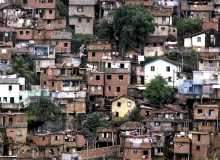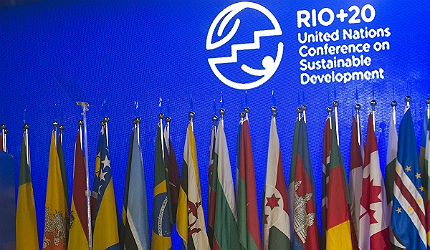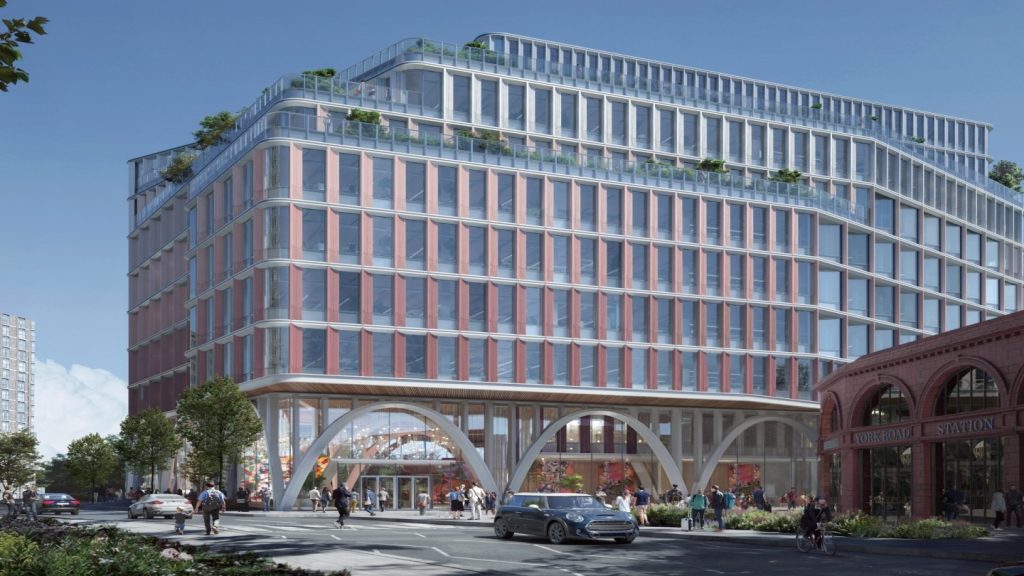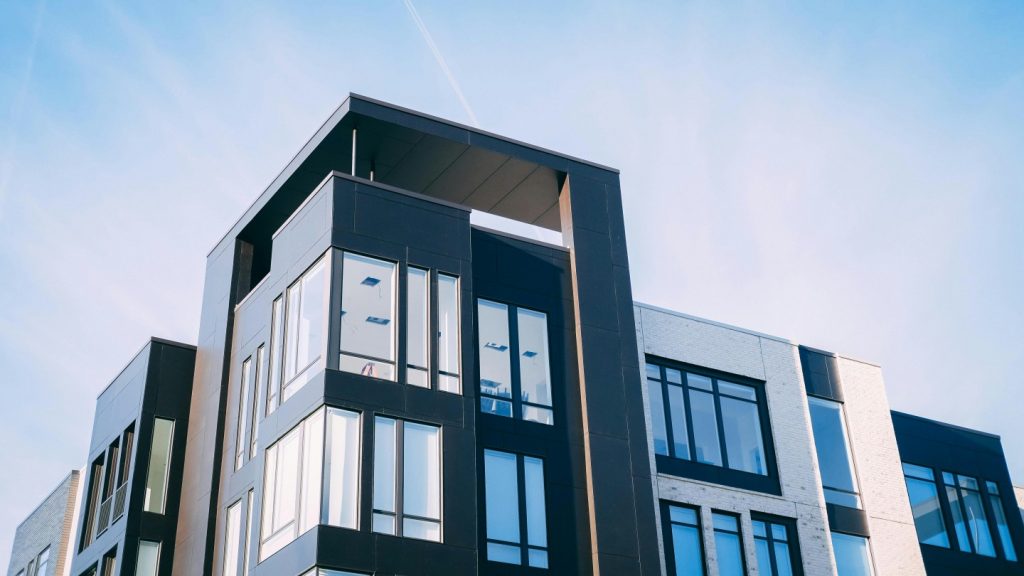

Even though cities only occupy two percent of the world’s land, they consume 75% of the planet’s resources. They also generate a similar percentage of waste, including air pollution, solid waste and toxic effluents. It therefore comes to no surprise that global leaders, who have assembled for this year’s UN Conference on Sustainable Development (UNCSD), in Rio de Janeiro, Brazil, have put sustainable city development at the top of their agenda, sending a strong message to urban planners worldwide.
Just days ahead of the official kick-off of Rio+20 on 20 June 2012, the UN’s Environment Programme (UNEP) unveiled a new ‘resource-efficient’ initiative to achieve sustainable urban development by promoting the efficient use of energy, water and other resources. They plan to galvanise city planners towards building cities which produce lower pollution and waste levels, claiming that a non-sustainable design is no option for future cities.
Rio+20: global initiative for green cities
"In the context of rapid urbanisation and growing pressures on natural resources, there is an urgent need for coordinated action on urban sustainability," explained UNEP executive director Achim Steiner at the event of the launch of the programme that will run under the name Global Initiative for Resource-Efficient Cities.
"This is essential both for preventing irreversible degradation of resources and ecosystems, and for realising the multiple benefits of greener cities, from savings through energy-efficient buildings, or the health and climate benefits of cleaner fuels and vehicles."
See Also:
Open to cities with populations of 500,000 or more, the UN hopes to involve local and national governments, the private sector and civil society groups, to promote the design and construction of energy-efficient buildings, green urban water designs and sustainable waste management.
How well do you really know your competitors?
Access the most comprehensive Company Profiles on the market, powered by GlobalData. Save hours of research. Gain competitive edge.

Thank you!
Your download email will arrive shortly
Not ready to buy yet? Download a free sample
We are confident about the unique quality of our Company Profiles. However, we want you to make the most beneficial decision for your business, so we offer a free sample that you can download by submitting the below form
By GlobalDataSeen in the context that by 2050 around 80% of the global population is expected to live in cities, there is no alternative than the shift towards ecological city planning and urban architecture.
Along with the launch of the initiative, UNEP published the ‘Sustainable, resource efficient cities – Making it happen!’ report, which gives practical recommendations of how to realise green and future-oriented projects.
The report primarily focuses on proposals for energy-efficient buildings, waste management, the planning of sustainable transport systems, urban water and wastewater strategies and ecosystem management in general.
According to UN-Habitat executive director Joan Clos, who backs the initiative, particular attention should also be given to public spaces. In an interview with the UN News Centre only days ahead of Rio+20, he explains that Manhattan in New York would be a great example. Around 50% of the land there is allocated to mobility and public spaces, which would not be the case in developing cities.
"In the developing cities, we have figures of percentage of land allocated to roads and communication systems which usually do not exceed ten percent, and this is low because as those cities are growing very fast, then they can collapse very easily. This is a problem that requires a very high degree of attention," he said, adding that promoting urban planning and city architecture would be his and UN-Habitat’s main agenda at Rio+20.
Rio+20: sustainable cities on track
The initiative has already been backed by a range of international institutions, including the World Bank, United Cities and Local Governments (UCLG), Local Governments for Sustainability (ICLEI), Cities Alliance, International Federation of Consulting Engineers (FIDIC), Veolia Environment Institute, BioRegional, Urban Environmental Accords Members Alliance and International Institute for Environment and Development (IIED).
In addition, several cities have come onboard and pledged to develop sustainable projects, including the Sao Paulo in Brazil, Malmo in Sweden, Heidelberg in Germany, Quezon City in the Philippines and Gwangju in South Korea. Some Japanese, Brazilian, French and US cities are also interested participating in the programme.
The UNEP report showcases some cities that are on track of becoming fully sustainable. One highlight is the $20bn Masdar City development in Abu Dhabi, UAE, a futuristic metropolis designed by Fosters + Partners that will entirely run on renewable energy and will recycle 80% of its water. The city will have its own research centre in order to further develop renewable energy and clean environmental technologies, the Masdar Institute of Science and Technology.
The Tianjin Eco-City, jointly developed by Singapore and China, is another outstanding example of a green city, writes the UNEP report. When fully developed in 2020, it will house 350,000 people in integrated mixed-use zones in an ‘eco-cell layout’ where land uses within the cells span from education, commercial activities and workplaces to recreation. Other sustainable projects include the Cheonggyecheon River restoration project in Seoul, South Korea and the integrated sustainable strategy of Curitiba in Brazil.
In reaction to the launch of the initiative, Toronto’s former Mayor and C40 Cities Climate Leadership Group past chair David Miller explained that the interest coming from cities worldwide shows that cities now "understand they are the key decision-makers and implementers of the necessary steps required to move our societies towards a more sustainable pattern of consumption and production."
However, according to urban planning and architecture agency SBA International Shanghai office representative Philip Grell, who is working on the development of a sustainable city in Yinggehai on the south Chinese island of Hainan, the challenge will not be an easy one. He says the main target for the future is to save energy and reduce the consumption of fossil fuel through the use of ecological and sustainable structures, materials and systems.
"As architects and urban planners we can support the process in city planning with our ideas in future architecture and urban design," he adds. The key however is that the construction industry, architects, energy providers, governments and public institutions work hand in hand. Only then they will be able to reach the goal of fully sustainable cities.







